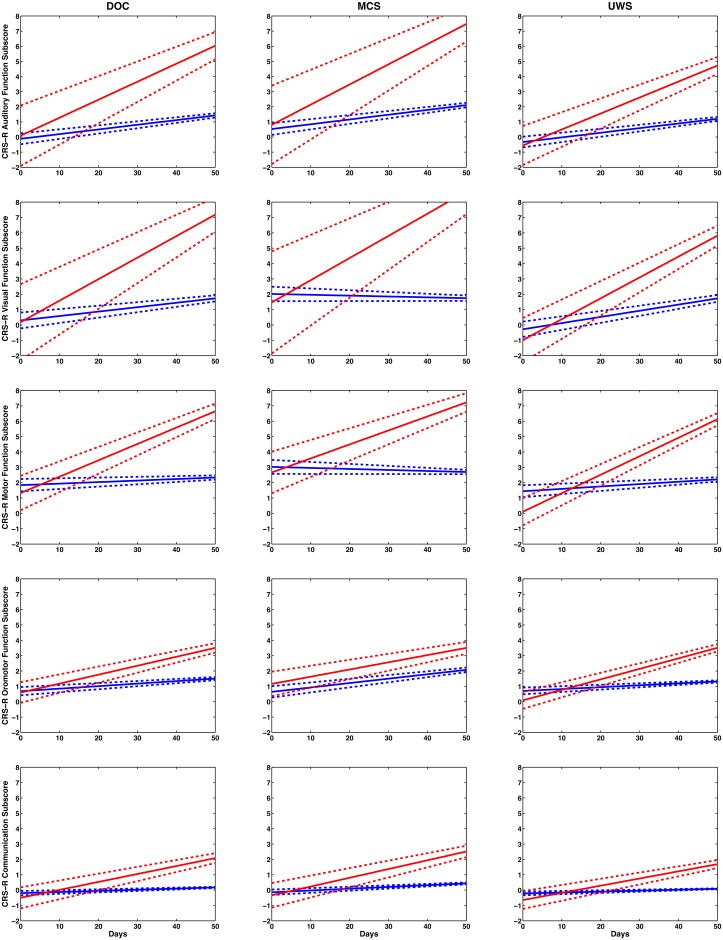Fig 1. Fitting of the longitudinal CRS-R using the General Linear Modelling.
GLM fitting of the longitudinal CRS-R subscales data; outcome differentiation over time for each subscale between patient emerging from DOC (in blue) and those remaining in DOC (in red); solid lines represent the mean of the time evolution and dash lines represent the superior and inferior bounds of the standard error of the means. Abscissa axe from top to bottom: auditory function scale, visual function scale, motor function scale, oro-motor function scale, communication scale; ordinate axe from left to right: DOC, UWS, MCS. Group distinction not earlier than 19 days according to the various subscales: 20 days for the auditory subscale for all groups of patients; 21 days for the visual subscale; between 19 and 21 days for the motor subscale; between 21 and 22 days for the oro-motor subscale; between 22 and 23 days for the communication subscale. Cut-off scores for the diagnosis of consciousness recovery reached after at least 29 days for the motor function subscale and after at least 40 days for the communication subscale. GLM: General Linear modelling; CRS-R: Coma Recovery Scale-Revised; DOC: disorders of consciousness; UWS: unresponsive wakefulness syndrome; MCS: minimally conscious state.

